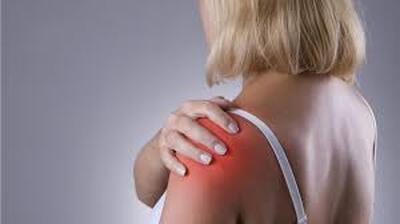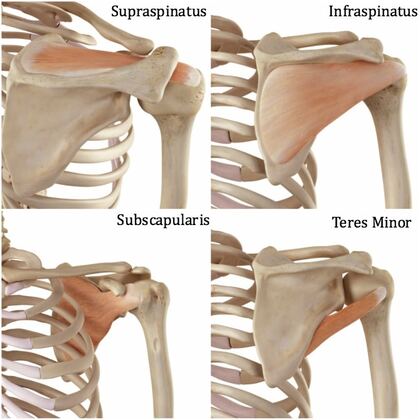 Have you ever been told that you’ve had a rotator cuff injury or perhaps had a tightness or pain in the shoulder? We are going to break down exactly what the rotator cuff is and what role it plays in keeping our shoulder functional and pain free. What is the Rotator Cuff? The rotator cuff is a group of muscles that help keep your upper arm bone (the Humerus) secure within the shoulder socket. There are 4 muscles that do this job for us and each play its own important role, Supraspinatus, Infraspinatus, Subscapularis and Teres Minor.
Why are injuries common to the rotator cuff? As we use our shoulder so frequently during day to day movements it can often suffer from some wear and tear. This wear and tear is increased if you have a job that requires frequent movement of the arm in a repetitive motion, play sports that require a high degree of shoulder strength or are constantly lifting heavy loads or working overhead for long periods of time. As the shoulder can move through such a large range of movement (forward, backwards, side to side and overhead) these 4 muscles have a large role to play in the stability of the shoulder joint. When one of these muscles becomes injured or fatigued it can place higher stress on one of the remaining three, increasing the likelihood of developing further injuries. Most common injuries
By Aleisha Michael Accredited Exercise Physiologist
1 Comment
WES TURNBULL
13/2/2021 01:09:49 pm
I stopped the Parkinson's medications prescribed due to severe side effects and started on natural treatments from VineHealth Center (VHC) in California, the herbal treatment has made a huge difference for me. My symptoms including tremors disappeared after the months long treatment! Go to ww w. vinehealthcenter. c om. This treatment is simply amazing!
Reply
Your comment will be posted after it is approved.
Leave a Reply. |
AuthorSLisa Parkinson Archives
July 2024
Categories
All
|


 RSS Feed
RSS Feed